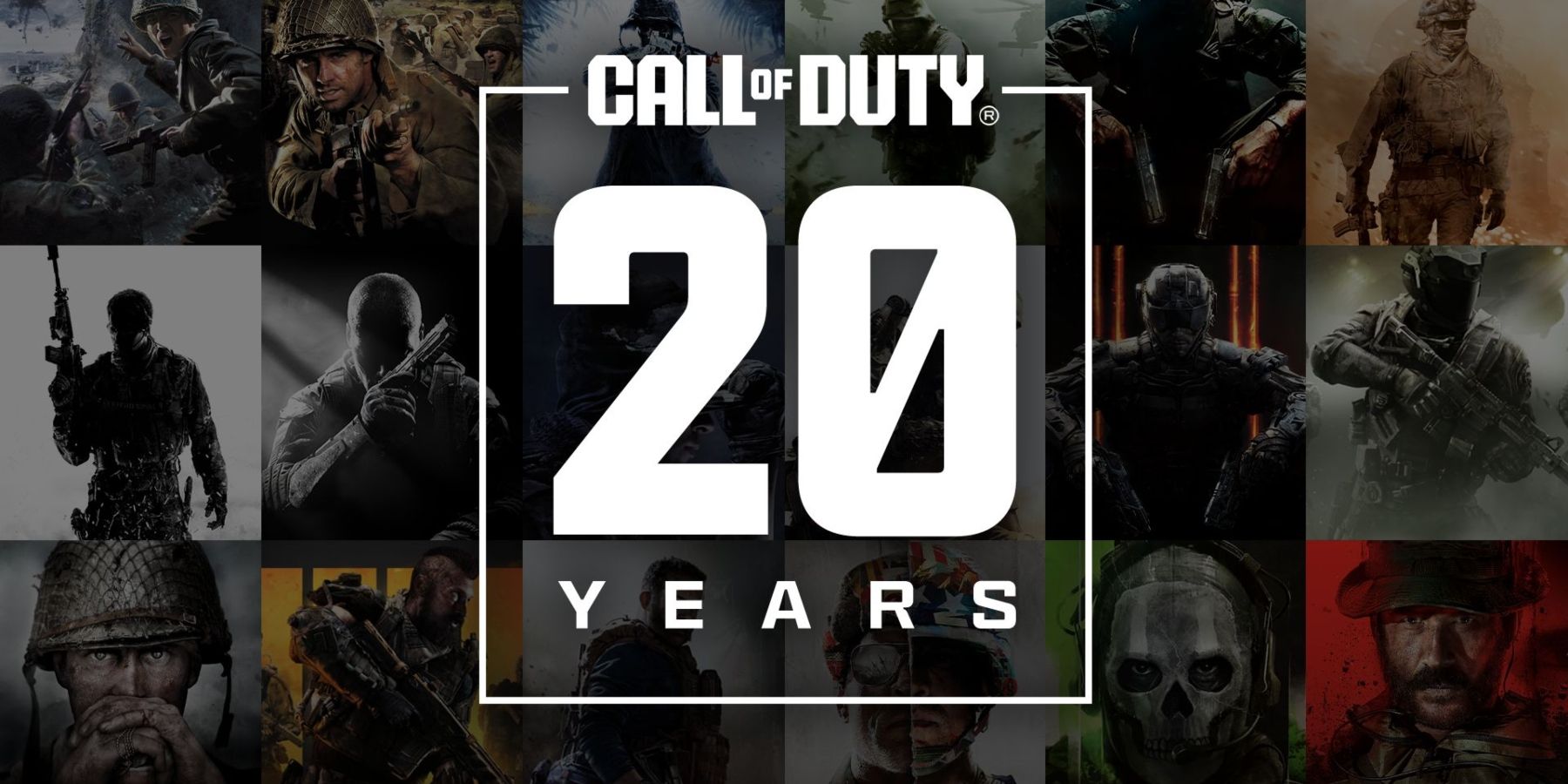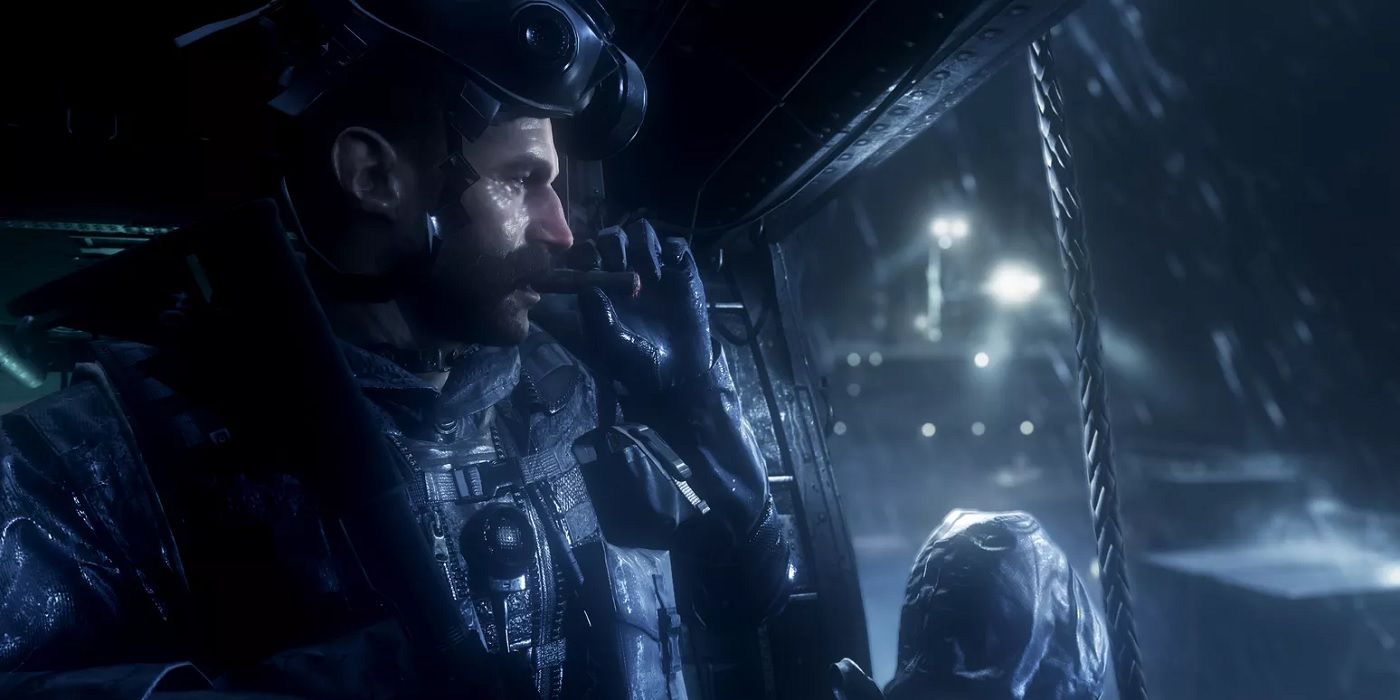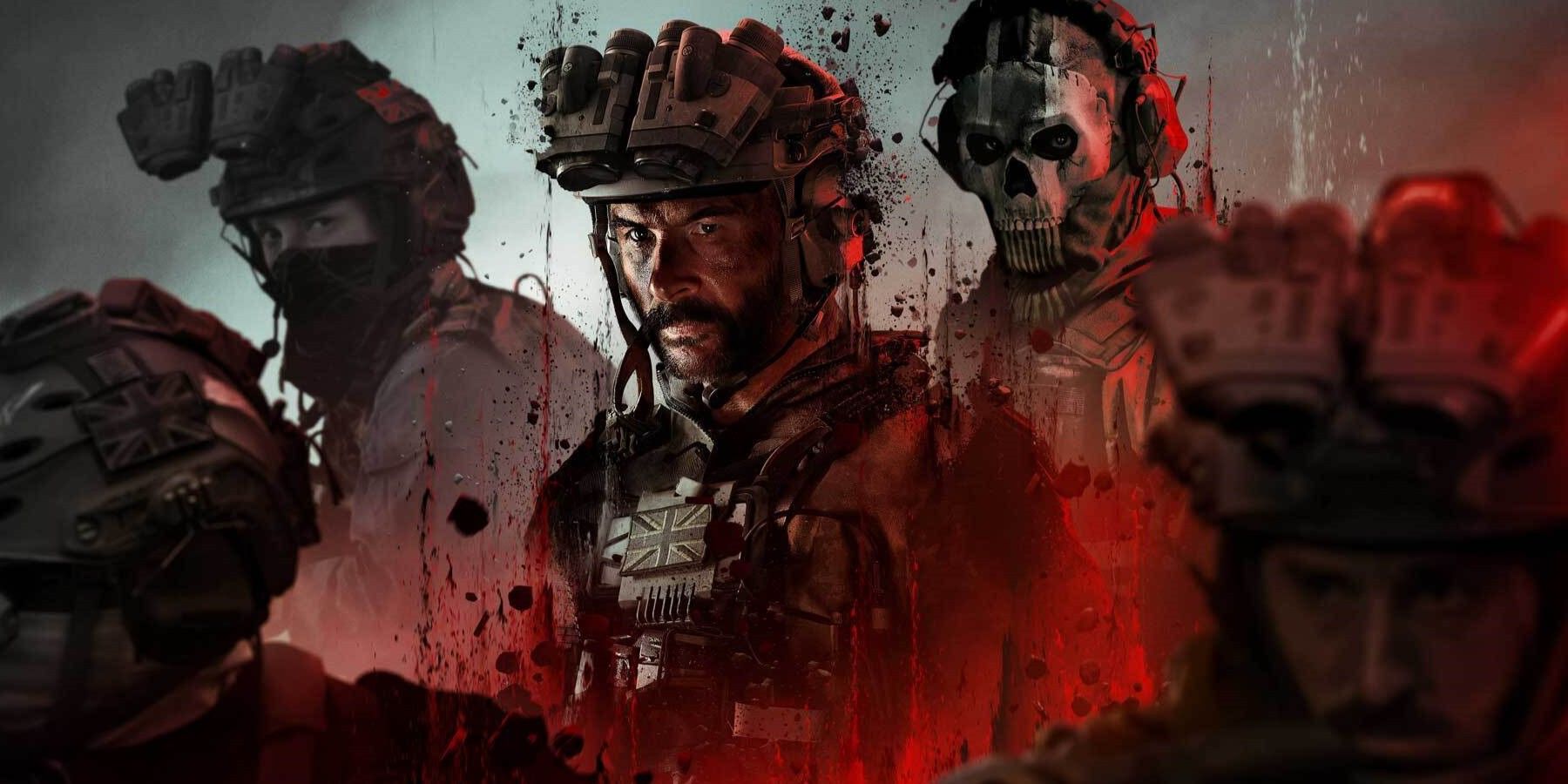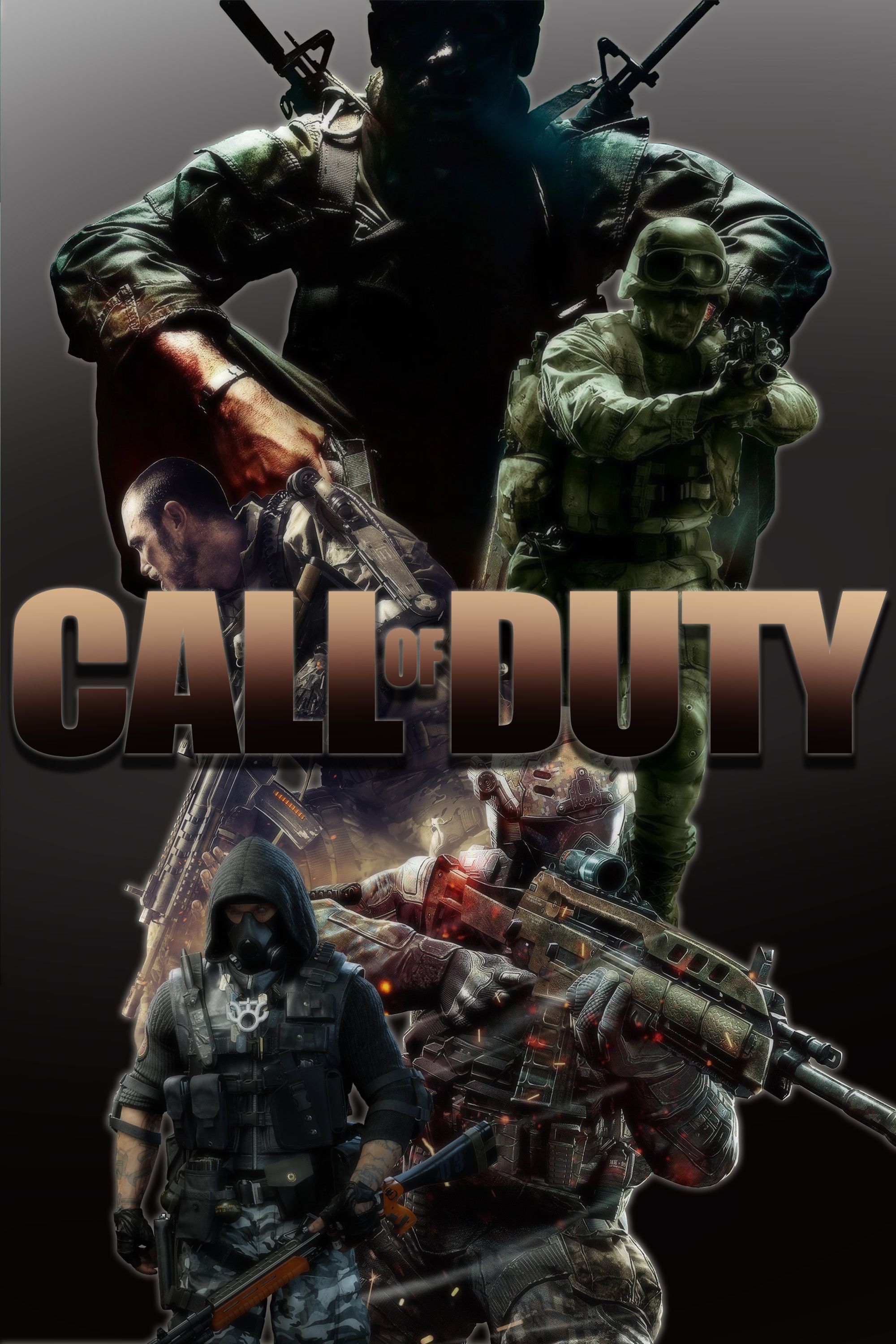
The Enduring Relevance of Call of Duty: A 20-Year Legacy

Celebrating 20 years of dominance, discover the secrets behind Call of Duty's everlasting relevance From daring innovations to catering to its loyal fanbase, explore why divisive yearly releases have played a vital role in its unparalleled success
Highlights
Call of Duty's willingness to take risks and evolve with the gaming industry has allowed it to endure for 20 years, offering new experiences and game-changing gimmicks.
The series also appeals to its older players by including homages, iconic maps, and weapons, as well as creating full projects that revolve around nostalgia. This strategy aims to keep the long-time fans engaged while also attracting new ones.
Although there are some complaints about the annual releases, this practice guarantees that Call of Duty stays relevant, consistently generates high sales, and continues to dominate the FPS market. Its ability to maintain consistency and generate hype plays a significant role in its success.
Introduced on October 29, 2003, Call of Duty made a strong impression as a World War 2 shooter. The original game received critical acclaim for its action-packed campaign, stunning visuals, and innovative narrative approach that showcased the individual stories of The Allies. Despite some elements, like the presence of a leader named Captain Price, being retained in subsequent installments, many features from the original game did not make the cut. It may seem surprising to leave behind concepts from a Game of the Year-winning title, but Call of Duty's ability to shake things up has been instrumental in its enduring success.
Returning to the original Call of Duty on its 20th anniversary or playing the updated version, Call of Duty Classic, reveals just how different the series' inaugural game was. While it still delivered satisfying first-person shooting, the absence of over-the-top setpieces and the reliance on gathering medpacks for health adds a distinctly different flavor. Additionally, the use of saving and loading instead of a modern checkpoint system, objectives marked on a compass, and the unexpected involvement of Infinity Ward in a World War 2 game can leave fans astonished by the evolution of Activision's flagship IP. Without this evolution, however, Call of Duty might not have achieved the household recognition it enjoys today.
The Keys to Call of Duty’s 20-Year-Long Success
Contrary to Popular Belief, Call of Duty is Willing to Take Risks
Although certain aspects of the original Call of Duty are still recognizable in its current campaigns, such as its inventive incorporation of AI soldiers for an immersive experience, the newer installments in the series exhibit significant deviations from the inaugural title. Nevertheless, this is ultimately a positive development. Call of Duty has consistently embraced risks, allowing it to adapt alongside the gaming industry and continuously engage its dedicated fan base.
The success of Call of Duty's golden era, spanning from Call of Duty 4 to Black Ops 2, hinged on the series taking risks with Modern Warfare. Prior to 2007, Call of Duty was known for its enjoyable World War 2 experiences. Modern Warfare presented an ambitious concept that ultimately propelled the series forward and garnered awards. Rather than staying within the confines of World War 2 and modern games, the series bravely explored new eras. While some settings, such as the Cold War and near future, were highly successful, others like the distant future failed to resonate with players due to mechanics like advanced movement. Nevertheless, the expansive range of Call of Duty games, spanning hundreds of years and showcasing both real and fictional wars, proved to be a positive aspect. Each game offered a unique experience as weapons, killstreaks, maps, and overall aesthetics were tailored to the specific era being portrayed.
Call of Duty's willingness to take risks extended beyond just exploring different settings. On a smaller scale, beloved characters met their demise throughout the campaigns, adding emotional depth to the series. On a larger scale, the series ventured into concepts that may have seemed laughable on paper. The standout success in this regard is undoubtedly Call of Duty Zombies, a mode that has cultivated its own dedicated fan base. Fans obsess over its lore and eagerly anticipate its gameplay. While not every experimentation has been a triumph, with some one-off multiplayer modes failing to gain traction and divisive co-op attempts like Call of Duty: Ghosts' Extinction, each installment of the franchise introduces at least one new mode or game-changing gimmick.
Call of Duty: World at War introduced Death Cards, Call of Duty: WW2 featured the Headquarters hub area, Call of Duty: Advanced Warfare offered customizable streaks, and Call of Duty: Black Ops 3 showcased Cyber Cores - the game franchise is known for its innovative experiments. Moreover, Call of Duty has always been adaptable, embracing current video game trends to avoid being left behind. The concept of crossovers gained popularity in the last decade, and Call of Duty: Ghosts was among the first to adopt this idea. When loot boxes became prominent, Call of Duty introduced supply drops, and when the battle passes became a popular live service model, Call of Duty integrated them into its gameplay. Notably, Call of Duty joined the battle royale trend with the release of Blackout, followed by the enormous success of Warzone, thanks to its free-to-play approach. By taking risks and staying ahead of industry trends, Call of Duty continues to evolve and captivate its fans.
Call of Duty Doesn’t Forget Its Older Players
While some argue that the use of remakes in Call of Duty: Modern Warfare 3's launch map lineup takes nostalgia too far, it is a crucial concept to consider. As the franchise has evolved, transitioning between futuristic settings and adopting a tactical style in the rebooted Modern Warfare series, it would have been easy to disregard elements that players hold dear. However, Call of Duty has consistently catered to its loyal fan base for two decades.
This emphasis on nostalgia can be observed throughout Call of Duty's three main aspects. In terms of campaigns, the series acknowledges its most memorable moments, whether it be presenting a different perspective on MW2's No Russian mission in the original Modern Warfare 3 or the recurring presence of characters like Frank Woods and Task Force 141 in both Black Ops and Modern Warfare campaigns. Even when new characters take center stage, connections to the past are maintained. In the realm of Zombies, characters like Samantha Maxis and the original map Nacht Der Toten continue to make appearances, bridging timelines to preserve ties to the original storyline. And in multiplayer, iconic maps like Nuketown and Shipment are repeatedly revamped to fit the game's various settings.
Constantly catering to a loyal fan base that has remained dedicated for the past two decades, Call of Duty has continuously incorporated elements of nostalgia into its projects. From reintroducing iconic weaponry and reviving beloved characters like Makarov in Modern Warfare 3, to featuring classic maps from previous installments such as Modern Warfare 2, the franchise has embraced nostalgia in various ways. Notable examples include the highly successful Call of Duty: Modern Warfare Remastered in 2016, which gave the influential game a fresh makeover, and the separate remaster of MW2's beloved campaign. Additionally, Black Ops 3's Zombies Chronicles DLC, with its faithful remakes of maps from World at War, Black Ops, and Black Ops 2, garnered significant acclaim in the gaming community. While the series has also innovated and evolved with new features and successful business practices, it has ensured to provide enough nostalgia-infused content to satisfy its long-time fans.
Today, there is a growing chorus of Call of Duty fans who believe that the current yearly release cycle should come to an end. There are valid concerns about how this practice negatively impacts the quality of newer releases. There have been instances where multiple studios had to collaborate to meet deadlines, resulting in games like Black Ops Cold War that lacked content and polish. Nevertheless, Activision, the publisher of Call of Duty, firmly believes that the benefits of this approach outweigh the drawbacks. While it would be ideal for each game to have more development time and longer support, the yearly releases ensure that the series remains relevant.
Yearly releases have been a staple of the Call of Duty franchise since its successful run from 2007-2012. Despite the criticisms of the recent entries, they continue to sell well. Call of Duty: Modern Warfare 2's impressive sales figures serve as the latest testament to the continued success of the yearly release schedule. These premium games contribute content to the highly regarded Call of Duty: Warzone, but more importantly, they ensure that Call of Duty remains a prominent name in the gaming community. As soon as one title starts to feel dated, a new game is announced, reigniting excitement and anticipation. Every year, fans can count on at least a decent Call of Duty game releasing between October and December. This dominance allows the series to maintain its stronghold in the first-person shooter market. No other shooter can match the consistency of Call of Duty, especially when combined with the series' willingness to innovate while paying homage to its roots. Consequently, Call of Duty remains unstoppable.
Call of Duty
Call of Duty (2003)










